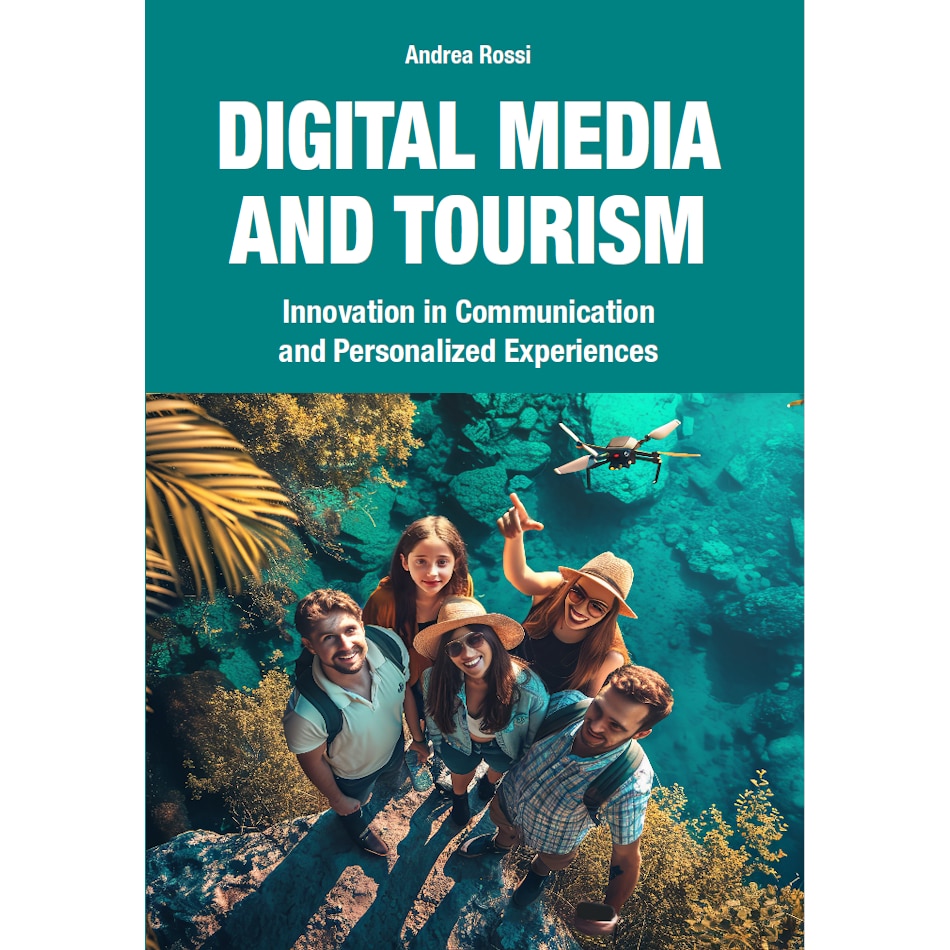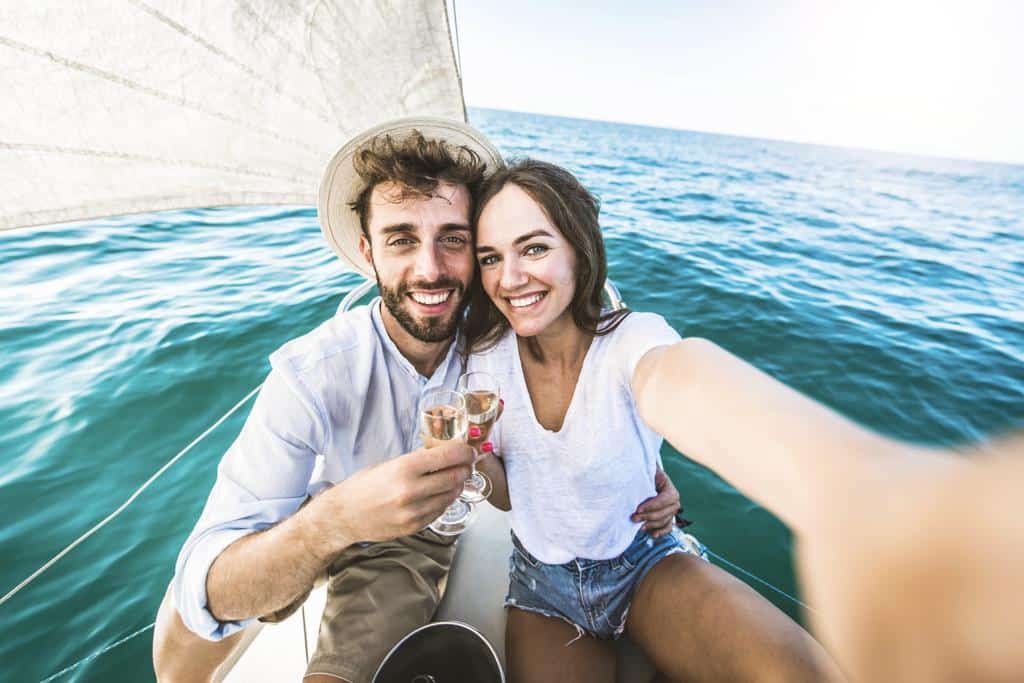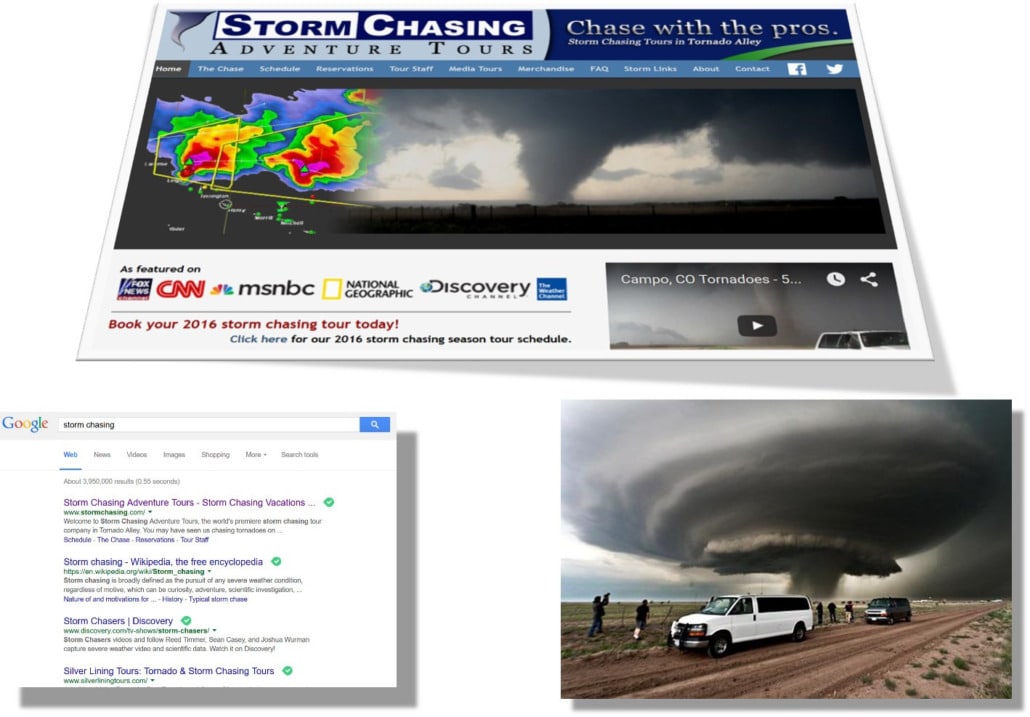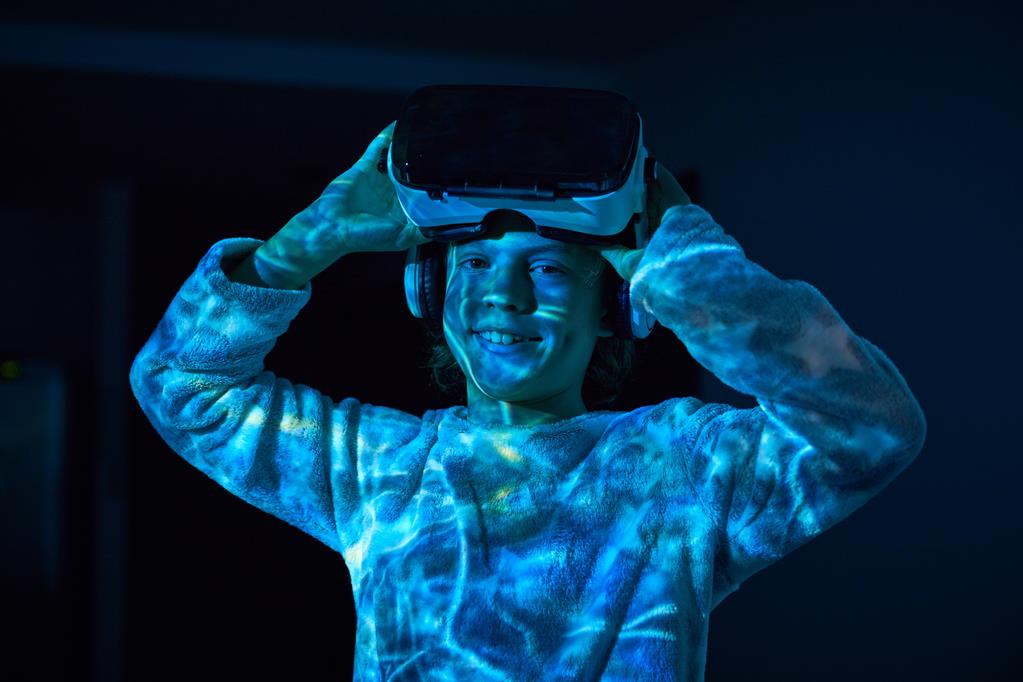Coming Soon, the Book: “Digital Media and Tourism”!

.
Exciting Update: ‘Digital Media and Tourism’ is now available in Italian!
For our English-speaking readers, the English version will be available in March 2024.
Stay tuned and find the Italian version on Amazon https://www.amazon.it/Media-Digitali-Turismo-Comunicazione-Personalizzate/dp/B0CTH461N4/
Read the book description below!
.
Introduction
.
The digital era has opened new horizons in the world of tourism, a constantly evolving sector.
My latest book, “Digital Media and Tourism: Innovation in Communication and Personalized Experiences”, which is about to be published, explores this fascinating evolution.
.
As I often like to say, paraphrasing Marshall McLuhan, a fundamental author in media theory: “Tourism is a medium, the tourist experience is the message.”
Therefore, in this book “Digital Media and Tourism: Innovation in Communication and Personalized Experience”, it is innovatively and concretely explored how tourism, as a medium, and the tourist experience, as a message, are intrinsically linked and influenced by the digital era.
In this context, the book delves innovatively and concretely into how tourism and the tourist experience are intrinsically linked and influenced by the era of digital technologies.
.
This volume delves into the changes in the tourism sector in the digital age, examining how digital media are redefining not only communication strategies but also the entire tourist experience.
From the integration of emerging technologies such as augmented reality, virtual reality, and artificial intelligence, to the proposal of “ExplorAI”, an innovative AI-based tourist experience system, the book provides a detailed and interdisciplinary analysis of how digitalization is shaping the future of tourism.
Each chapter offers new perspectives, examples, case studies, and strategies, making the book a valuable resource for students, industry professionals, and strategic decision-makers.
.
Highlights:
- Comprehensive Coverage of Digital Technology Themes: From digital communication strategies to practical applications such as augmented and virtual reality, blockchain, the Internet of Things (IoT), and Smart Tourism, the book covers a wide range of topics.
- In-depth Content: With over 600 pages of updated content, the book provides a detailed analysis of current and future trends in digital tourism.
- Practical and Theoretical Guide: The text combines theory and practice, making it ideal for both academic and professional environments.
- Innovation and Digitalization: A deep dive into how digital media are revolutionizing tourism.
- Emerging Technologies: Exploration of artificial intelligence, robotics, virtual and augmented reality, gamification, digital storytelling, and more.
- Communication Strategies: Insights into content marketing, social media marketing, and online community management.
- Sustainability and Innovation: A chapter entirely dedicated to digital media for sustainable tourism.
- ExplorAI: An innovative proposal for an AI-based tourist experience system.
.
Who this book is for:
- Students and Academics: An essential guide to understanding the evolution of tourism in the digital age.
- Industry Professionals: Innovative strategies and case studies to stay ahead in the tourism sector.
- Strategic Decision-Makers and Planners: Relevant perspectives to guide fundamental innovations in digital tourism.
.
Contents:
- Introduction
- 1. Tourism in the Digital Age
- 2. Digital Communication Strategies for Tourism
- 3. Content Marketing
- 4. Web Marketing
- 5. Social Media Marketing
- 6. Community Management
- 7. Digital Storytelling And Virtual Tours
- 8. Mobile Applications and Location-Based Services
- 9. Augmented And Virtual Reality in Tourism
- 10. Gamification and Tourism Engagement
- 11. Big Data and Personalisation in Tourism
- 12. Artificial Intelligence and Tourist Experiences
- 13. Blockchain Technology in Tourism
- 14. Internet of Things (IoT) and Smart Tourism
- 15. Biometrics and Facial Recognition in Tourism
- 16. 3D Printing and Tourism
- 17. Robotics and Automation in Tourism
- 18. Digital Media and Sustainable Tourism
- 19. ExplorAI: A Proposal for an AI Tourist Experience System
- Annex I. Introduction to Communication
- Annex II. Digital Media in the Context of Tourism
- Bibliography and Webliography
- Author Information
.
This book is more than just a read; it’s a guide to navigating the dynamic world of digital tourism.
Its publication is imminent, and I can’t wait to share it with all of you, to explore together the new frontiers of tourism in the digital age!
.
See you very soon!
.
#DigitalTourism ; #TourismInnovation ; #DigitalMedia ; #PersonalizedExperiences ; #TourismTechnology ; #DigitalCommunication ; #ArtificialIntelligence ; #AugmentedReality ; #FutureOfTourism ; #DigitalStrategies ; #TourismMarketing ; #SustainableTourism ; #ExplorAI ; #DigitalJourney ; #SmartTourism ; #TourismDigitalization ; #SustainableInnovation ; #Tourism4.0 ; #DigitalEra ; #TourismTrends ; #SmartTourism ; #AIinTourism ; #VRinTourism ; #ARinTourism ; #TechTravel ; #FutureTourism ; #TravelInnovation ; #DigitalStrategy ; #EducationalTourism ; #TourismAndTechnology; #TourismInnovationAndMarketing




